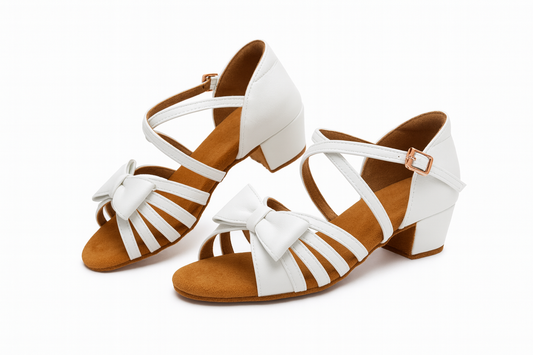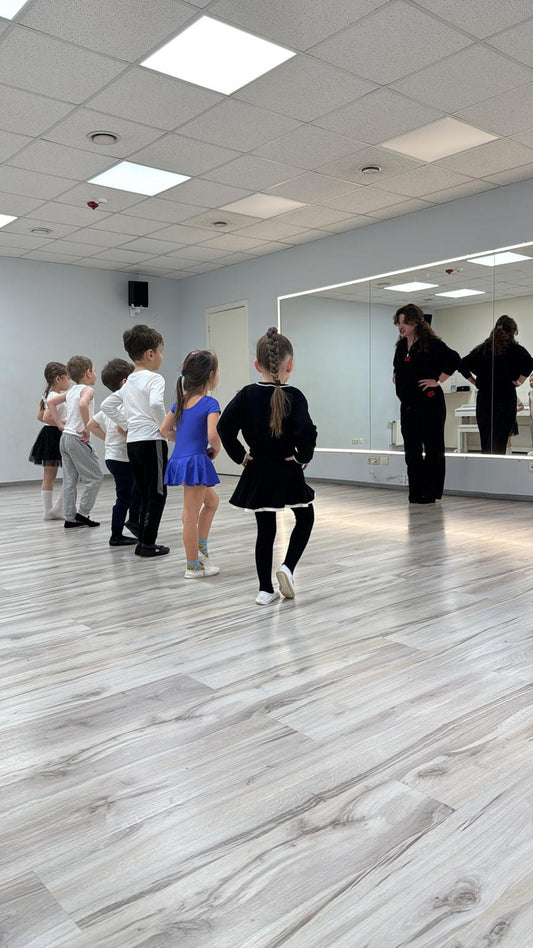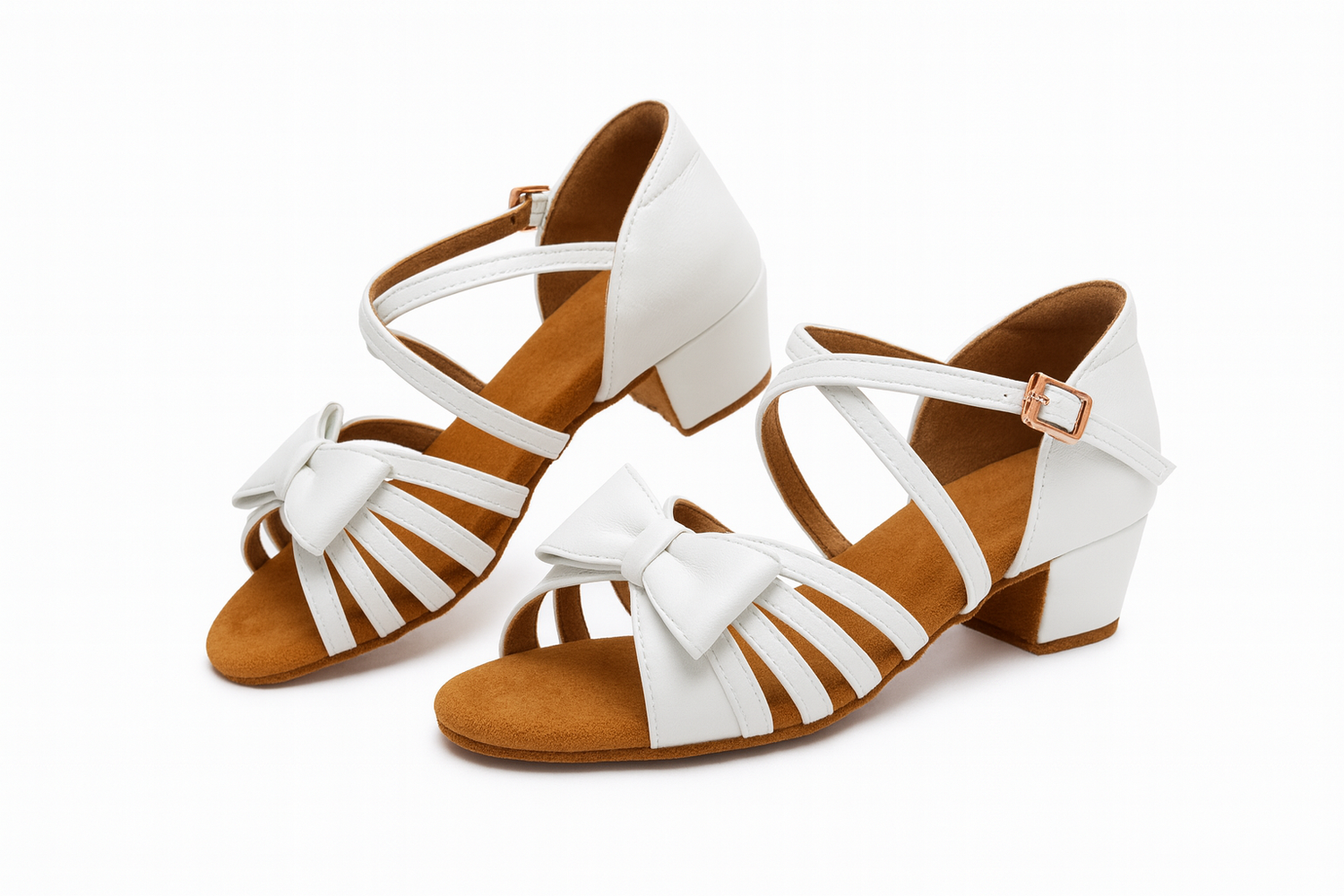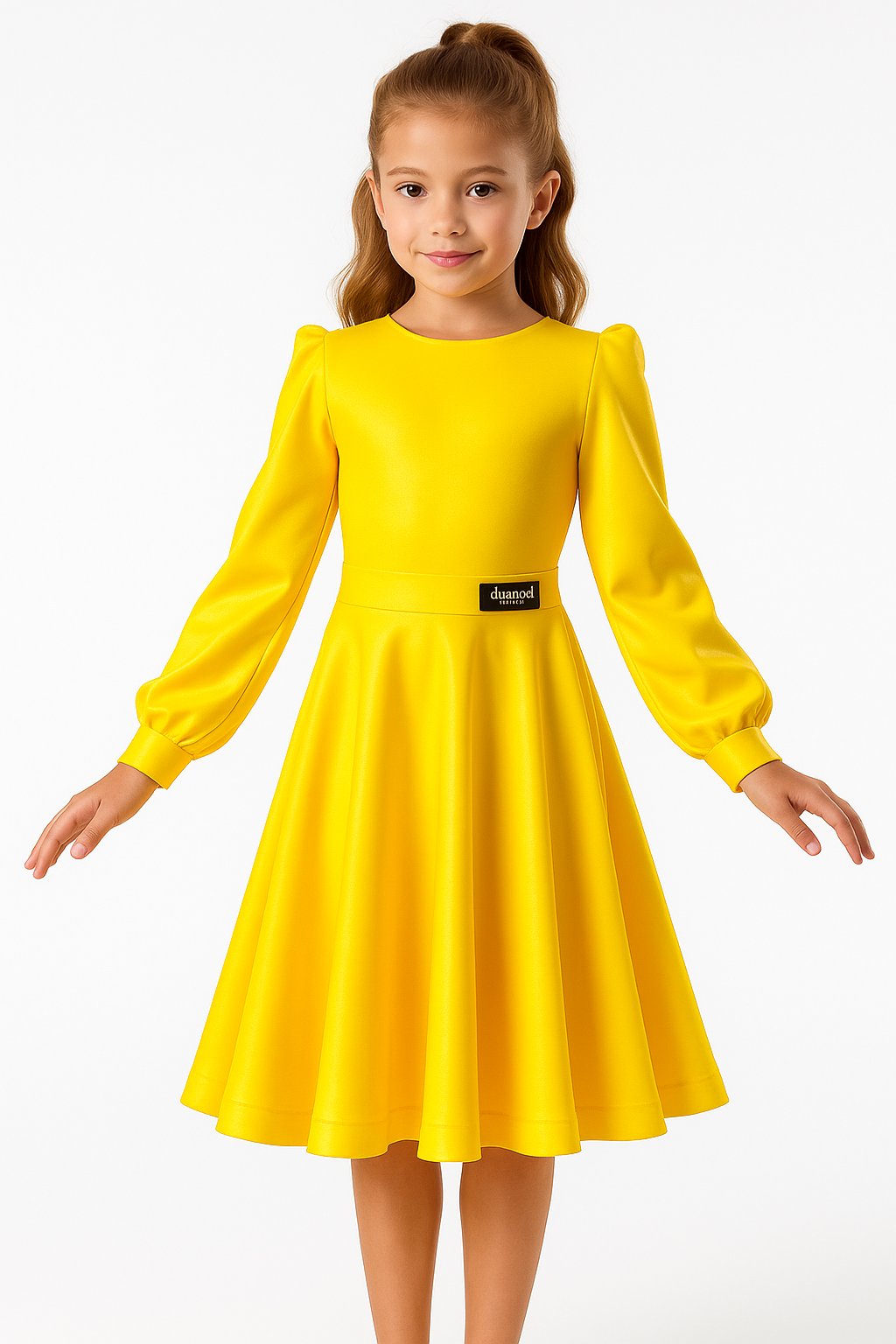News – Dancewear Collections & Updates

How to Choose the Right Dance Shoes for Childre...
A complete guide to choosing kids’ ballroom and Latin dance shoes: how to measure the right size, which styles suit longer legs or high insteps, and when to choose beige...
How to Choose the Right Dance Shoes for Childre...
A complete guide to choosing kids’ ballroom and Latin dance shoes: how to measure the right size, which styles suit longer legs or high insteps, and when to choose beige...

New Children’s Competition Dancewear Collection...
Discover Diamond Fashion’s new children’s competition dancewear collection – WDSF approved, unique designs for girls and boys, created with MasterDance Club.
New Children’s Competition Dancewear Collection...
Discover Diamond Fashion’s new children’s competition dancewear collection – WDSF approved, unique designs for girls and boys, created with MasterDance Club.

Diamond Fashion: New Collection – Colorful Oppo...
Discover Diamond Fashion – premium ballroom and Latin dancewear designed with dancers, coaches, and WDSF rules in mind. Every collection takes six months to craft, ensuring elegance, individuality, and performance...
Diamond Fashion: New Collection – Colorful Oppo...
Discover Diamond Fashion – premium ballroom and Latin dancewear designed with dancers, coaches, and WDSF rules in mind. Every collection takes six months to craft, ensuring elegance, individuality, and performance...

WDSF Shoe Standards for Children and Junior Dancer - Complete Guide
When it comes to ballroom and Latin dance competitions, choosing the right shoes is just as important as mastering the choreography. According to the World DanceSport Federation (WDSF) rules, children and junior dancers must follow specific standards for shoe size, heel height, colours, and even socks. These regulations are designed to protect young dancers’ health, ensure fair competition, and help them develop correct posture and technique on the dance floor.Many parents and new dancers ask: What type of shoes are allowed in WDSF competitions? How high can the heels be for children? What are the differences between ballroom and Latin shoes at junior level? Let’s break it all down step by step.
Shop Dance ShoesWDSF Shoe Regulations by Category
Children (Juvenile)
Children (Juvenile)
- Boys (Standard & Latin): Only black shoes are allowed. The heel must be a block heel up to 2.5 cm. Long black socks are mandatory.
- Girls (Standard & Latin): Shoes may be any colour, including metallic or glitter materials. Block heel must not exceed 3.5 cm. Skin-coloured tights are allowed, short socks are permitted, but fishnet tights are strictly forbidden. Buckles with rhinestones are allowed only if used for fastening, not for decoration.
Junior I (12–13 years)
Junior I (12–13 years)
- Boys: In Standard, the heel must not exceed 2.5 cm, in Latin the maximum is 3.5 cm. Black socks are required for both.
- Girls: In Standard, the heel is limited to 5 cm, while in Latin the maximum is 5 cm too. Short socks are allowed. Only tights mech not allowed.
Junior II (14–15 years)
Junior II (14–15 years)
- Boys: No Restriction. Only for Ballroom must be socks worn.
- Girls: No Restriction.
Shoe Size and Fit Recommendations
Following official WDSF rules is essential, but comfort and correct fit are just as important. Dance shoes are not like regular street shoes – they are designed to support performance, balance, and precision of movement.
- Ballroom Shoes (Closed Toe): It is recommended to leave around 1 cm extra space inside the shoe. This ensures comfort during long practices and competitions.
- Latin Shoes (Open Toe, Straps): These should fit more snugly, with only 0.5–0.7 cm extra room. Many dancers choose half a size smaller so the foot does not slide forward, keeping the heel stable.
- Children’s Shoes (EU 25–34): Leave 0.5–1 cm extra space, as children’s feet grow quickly. Ballroom shoes often last longer, while Latin shoes may need replacement sooner due to tighter fit.
- Juniors & Adults (EU 35–40): Latin shoes should fit snug with minimal extra space, while ballroom shoes can be slightly looser with 0.5–1 cm room for comfort.

WDSF Dress Regulations for Children and Junior Dancers – Complete Guide
When it comes to competitive ballroom and Latin dancing, costumes are not just about elegance and beauty. The World DanceSport Federation (WDSF) has strict regulations for children and junior dancers to ensure fairness, modesty, and safety on the dance floor. These rules cover every detail of dancewear – from dresses and skirts to sleeves, necklines, trousers, and even socks. Understanding these standards is essential for parents, teachers, and young dancers when preparing for competitions. Below is a clear breakdown of the most important rules for Juvenile (Children), Junior I, and Junior II categories.
WDSF dress codes exist to protect young dancers, ensuring that children are judged on their dancing, not their costumes. By limiting decoration, glitter, and revealing cuts, the focus stays on posture, technique, and artistry. These rules also keep costs reasonable for parents and create a level playing field for all competitors.
For parents and coaches, knowing the exact dress regulations is crucial when ordering or designing competition costumes. Choosing the wrong skirt length or fabric could result in penalties or even disqualification.
WDSF Commpetition clothing Regulations by Category
Juvenile Girls (Children’s Category)
Juvenile female dresses may be made of different fabrics as long as they are in the same colour. Transparent (see-through) fabrics are allowed, but they must be lined with non-transparent material in the same shade. Sleeves may be transparent, and draping or pleating is permitted.
- Necklines: Only specific cuts are allowed; deep cuts or open designs are not permitted.
- Sleeves: Must be present, may be short or long, transparent is allowed. Sleeveless designs are not permitted.
- Skirts: Must be plain or pleated, with a minimum of 1 and maximum of 4 half circles (up to 2 full circles). One simple underskirt is allowed, but layered or stiff underskirts are not. Decorative frills, fishing line, or boning are not allowed. The skirt length must not be more than 10 cm above the knee and not longer than just below the kneecap.
- Details: Buttons matching the fabric or colour are allowed if functional, not as decoration. A small back opening up to 15 cm long and 5 cm wide is permitted if used for fastening.
These rules ensure that juvenile dresses look elegant yet modest, without excessive decoration or designs that may distract from the dancing.
Junior I Girls
For Junior I dancers, the rules are slightly expanded but still modest. Dresses must maintain the traditional ballroom look, avoiding overly revealing cuts or heavy decorations.
- Necklines: Limited to modest cuts only.
- Sleeves: Required, transparent allowed.
- Skirts: Same as Juveniles – plain or pleated, 1 to 4 half circles. No frills or stiff underskirts. Length must remain modest.
- Materials: Shiny fabrics are not permitted in children’s categories, but may be allowed from Junior I with limitations depending on the federation.
Junior II Girls
At this stage, dancers are allowed more freedom in dress design, approaching adult costume standards. However, modesty and simplicity are still expected.
- Heels may reach up to 5 cm (see WDSF footwear regulations).
- Dresses may include more variation in materials and decorative elements.
- Necklines and sleeves are more flexible compared to Juvenile rules, though extreme designs are still not permitted.
- Skirts remain regulated in shape and length but can be styled closer to adult Latin and ballroom dresses.
Boys’ Clothing (Juvenile & Junior)
For boys in Juvenile and Junior categories, the rules are simpler but equally strict:
- Shirts: Plain long-sleeved white shirt or polo neck top. Shiny or patterned fabrics are not allowed. Shirts must be tucked into trousers. Wing collars and rolled sleeves are not permitted.
- Trousers: Black only, no shiny or patterned fabrics. A satin side stripe is allowed.
- Accessories: A satin waistband (cummerbund) is permitted.
This classic and modest look ensures boys present a professional ballroom appearance without unnecessary decoration.
News
-

How to Choose the Right Dance Shoes for Childre...
A complete guide to choosing kids’ ballroom and Latin dance shoes: how to measure the right size, which styles suit longer legs or high insteps, and when to choose beige...
How to Choose the Right Dance Shoes for Childre...
A complete guide to choosing kids’ ballroom and Latin dance shoes: how to measure the right size, which styles suit longer legs or high insteps, and when to choose beige...
-

New Children’s Competition Dancewear Collection...
Discover Diamond Fashion’s new children’s competition dancewear collection – WDSF approved, unique designs for girls and boys, created with MasterDance Club.
New Children’s Competition Dancewear Collection...
Discover Diamond Fashion’s new children’s competition dancewear collection – WDSF approved, unique designs for girls and boys, created with MasterDance Club.
-

Diamond Fashion: New Collection – Colorful Oppo...
Discover Diamond Fashion – premium ballroom and Latin dancewear designed with dancers, coaches, and WDSF rules in mind. Every collection takes six months to craft, ensuring elegance, individuality, and performance...
Diamond Fashion: New Collection – Colorful Oppo...
Discover Diamond Fashion – premium ballroom and Latin dancewear designed with dancers, coaches, and WDSF rules in mind. Every collection takes six months to craft, ensuring elegance, individuality, and performance...
WDSF Rules
-

WDSF Shoe Standards for Children and Junior Dan...
Discover the official WDSF shoe regulations for children and junior dancers. Learn the exact rules for heel height, shoe colour, socks, and tights for Juvenile, Junior I, and Junior II...
WDSF Shoe Standards for Children and Junior Dan...
Discover the official WDSF shoe regulations for children and junior dancers. Learn the exact rules for heel height, shoe colour, socks, and tights for Juvenile, Junior I, and Junior II...
-

WDSF Dress Rules for Children (Juvenile Categor...
When children step onto the ballroom or Latin dance floor, their costumes must follow strict WDSF (World DanceSport Federation) regulations. These rules are designed to protect young dancers, ensure fairness,...
WDSF Dress Rules for Children (Juvenile Categor...
When children step onto the ballroom or Latin dance floor, their costumes must follow strict WDSF (World DanceSport Federation) regulations. These rules are designed to protect young dancers, ensure fairness,...
-

WDSF Dress Regulations – Complete Guide for Dan...
Complete WDSF dress rules explained: ballroom & Latin costumes, shoes, hairstyles, and accessories for children, juniors, and adults. Stay compliant and stylish.
WDSF Dress Regulations – Complete Guide for Dan...
Complete WDSF dress rules explained: ballroom & Latin costumes, shoes, hairstyles, and accessories for children, juniors, and adults. Stay compliant and stylish.


